The British Racing Motors (BRM) team has one of the most illustrious, yet often controversial, histories of all great Grand Prix racing marques. Founded in 1945-46 by pre-war British racing driver Raymond Mays and engineer Peter Berthon, the BRM project was launched as a cooperative effort backed by the British motor and motor accessory industry to challenge all international opposition as Grand Prix road racing was revived after World War II. Their initial design was a staggeringly ambitious V16-cylinder car with two-stage centrifugal supercharging by Rolls-Royce. The scheme proved to be beyond the new BRM team's development capabilities and after years of drama and disappointment the V16 was replaced by a very simple big-valve 4-cylinder Fomrula 1 design, the Type 25. First major victory came to the marque at Caen, France, in 1957, but it would not win its first World Championship-qualifying Grand Prix until 1959, when Swedish driver Jo Bonnier triumphed in Holland. But by 1962 a new regime got a grip upon BRM, and with driver Graham Hill won both the Formula 1 Drivers' and Constructors' Championship titles. From 1962-1965 BRM was an absolutely front-running team without a weak link in its particular chain. Drivers Graham Hill, Richie Ginther and Jackie Stewart were all world class. From 1966-67 BRM struggled with another over-ambitious 16-cylinder engine, the 3-liter H16, before bouncing back to competitiveness in 1968-73 with replacement V12-cylinder engines á la Ferrari. Drivers Jean-Pierre Beltoise and Jo Siffert restored the team to Grand Prix-winning status. The marque was owned by Britain's largest privately-owned industrial group, the Owen Organization. Heiress Jean Owen was married to Louis Stanley who had emerged as BRM's chief executive. But in a worldwide slump Owen Organization funding declined and at the end of 1974 the team was sold to Mr and Mrs Stanley, becoming Stanley-BRM. Fortunes rapidly declined before in 1977 new-found sponsorship was announced from Rotary Watches for a brand-new F1 car designed by Len Terry, formerly with Team Lotus and creator of the 1965 Indy-winning Lotus 38, and then of Dan Gurney's subsequent 1966-67 Eagle F1 and Indianapolis cars. The new V12-engined BRM was the P207 model, as offered here. This particular car was entered by Stanley-BRM for four mid-season 1977 Grand Prix races, in France, Germany, Holland and Italy but – driven by Swedish and Belgian hopefuls Conny Andersson and Teddy Pilette – it never made the starting grid. For 1978 the Stanley-BRM team concentrated upon the British Aurora AFX Formula 1 Championship series, again with Pilette driving this P207 V12 car. The gritty Belgian – who became so prominent in American Formula A racing with the VDS team Lolas and CanAm cars – finished fourth at Oulton Park and fifth at Brands Hatch. After a quiet year in 1979 the P207 returned to the fray in British National F1 racing in 1980, driven in three rounds by well-known English driver Tony Trimmer. Yet another bye-year ensured in 1981 but in 1982 this perennial P207 reappeared, campaigned by David Williams who finished fifth at Brands Hatch and fourth in an early Historic F1 race at Donington Park. Still the old car's career continued into 1983, when Tony Trimmer returned to its cockpit for a British open race at Oulton Park. In more recent years P207-02 now offered here passed into long-term American ownership. In the current vendor's hands the car has been run in historic Formula 1 group events, sanctioned by the HMSA and the CSRG at circuits including Thunderhill, Sears Point and Laguna Seca. It is offered here today as a potential front runner in historic Formula 1 classes, having benefited from considerable development work in recent years - particular attention having been paid to chassis and suspension set-up which has resulted in 'night and day' improvement. Amongst the great events for which 207-02 qualifies The FIA Historic Formula One Championship and the biennial
The British Racing Motors (BRM) team has one of the most illustrious, yet often controversial, histories of all great Grand Prix racing marques. Founded in 1945-46 by pre-war British racing driver Raymond Mays and engineer Peter Berthon, the BRM project was launched as a cooperative effort backed by the British motor and motor accessory industry to challenge all international opposition as Grand Prix road racing was revived after World War II. Their initial design was a staggeringly ambitious V16-cylinder car with two-stage centrifugal supercharging by Rolls-Royce. The scheme proved to be beyond the new BRM team's development capabilities and after years of drama and disappointment the V16 was replaced by a very simple big-valve 4-cylinder Fomrula 1 design, the Type 25. First major victory came to the marque at Caen, France, in 1957, but it would not win its first World Championship-qualifying Grand Prix until 1959, when Swedish driver Jo Bonnier triumphed in Holland. But by 1962 a new regime got a grip upon BRM, and with driver Graham Hill won both the Formula 1 Drivers' and Constructors' Championship titles. From 1962-1965 BRM was an absolutely front-running team without a weak link in its particular chain. Drivers Graham Hill, Richie Ginther and Jackie Stewart were all world class. From 1966-67 BRM struggled with another over-ambitious 16-cylinder engine, the 3-liter H16, before bouncing back to competitiveness in 1968-73 with replacement V12-cylinder engines á la Ferrari. Drivers Jean-Pierre Beltoise and Jo Siffert restored the team to Grand Prix-winning status. The marque was owned by Britain's largest privately-owned industrial group, the Owen Organization. Heiress Jean Owen was married to Louis Stanley who had emerged as BRM's chief executive. But in a worldwide slump Owen Organization funding declined and at the end of 1974 the team was sold to Mr and Mrs Stanley, becoming Stanley-BRM. Fortunes rapidly declined before in 1977 new-found sponsorship was announced from Rotary Watches for a brand-new F1 car designed by Len Terry, formerly with Team Lotus and creator of the 1965 Indy-winning Lotus 38, and then of Dan Gurney's subsequent 1966-67 Eagle F1 and Indianapolis cars. The new V12-engined BRM was the P207 model, as offered here. This particular car was entered by Stanley-BRM for four mid-season 1977 Grand Prix races, in France, Germany, Holland and Italy but – driven by Swedish and Belgian hopefuls Conny Andersson and Teddy Pilette – it never made the starting grid. For 1978 the Stanley-BRM team concentrated upon the British Aurora AFX Formula 1 Championship series, again with Pilette driving this P207 V12 car. The gritty Belgian – who became so prominent in American Formula A racing with the VDS team Lolas and CanAm cars – finished fourth at Oulton Park and fifth at Brands Hatch. After a quiet year in 1979 the P207 returned to the fray in British National F1 racing in 1980, driven in three rounds by well-known English driver Tony Trimmer. Yet another bye-year ensured in 1981 but in 1982 this perennial P207 reappeared, campaigned by David Williams who finished fifth at Brands Hatch and fourth in an early Historic F1 race at Donington Park. Still the old car's career continued into 1983, when Tony Trimmer returned to its cockpit for a British open race at Oulton Park. In more recent years P207-02 now offered here passed into long-term American ownership. In the current vendor's hands the car has been run in historic Formula 1 group events, sanctioned by the HMSA and the CSRG at circuits including Thunderhill, Sears Point and Laguna Seca. It is offered here today as a potential front runner in historic Formula 1 classes, having benefited from considerable development work in recent years - particular attention having been paid to chassis and suspension set-up which has resulted in 'night and day' improvement. Amongst the great events for which 207-02 qualifies The FIA Historic Formula One Championship and the biennial
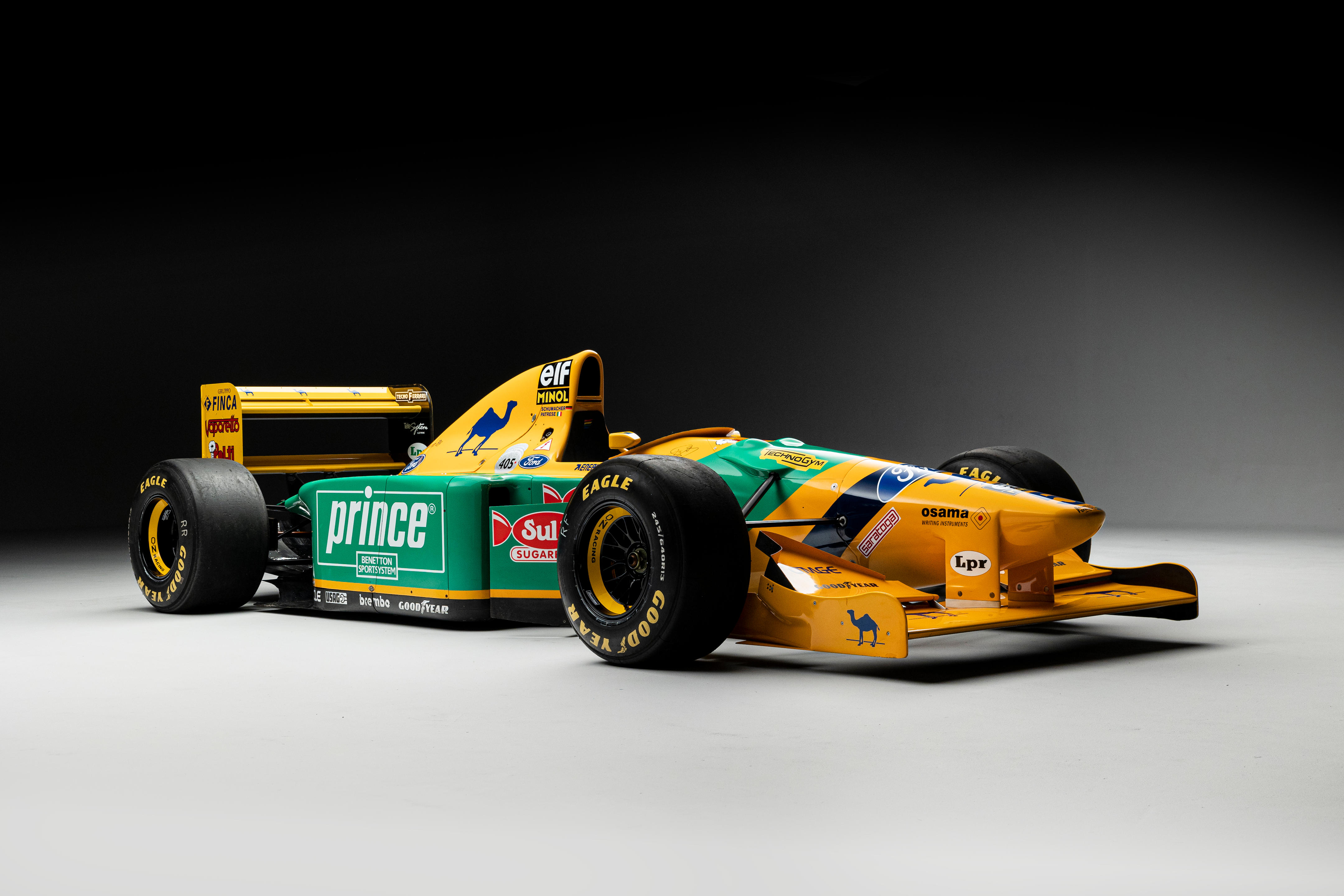
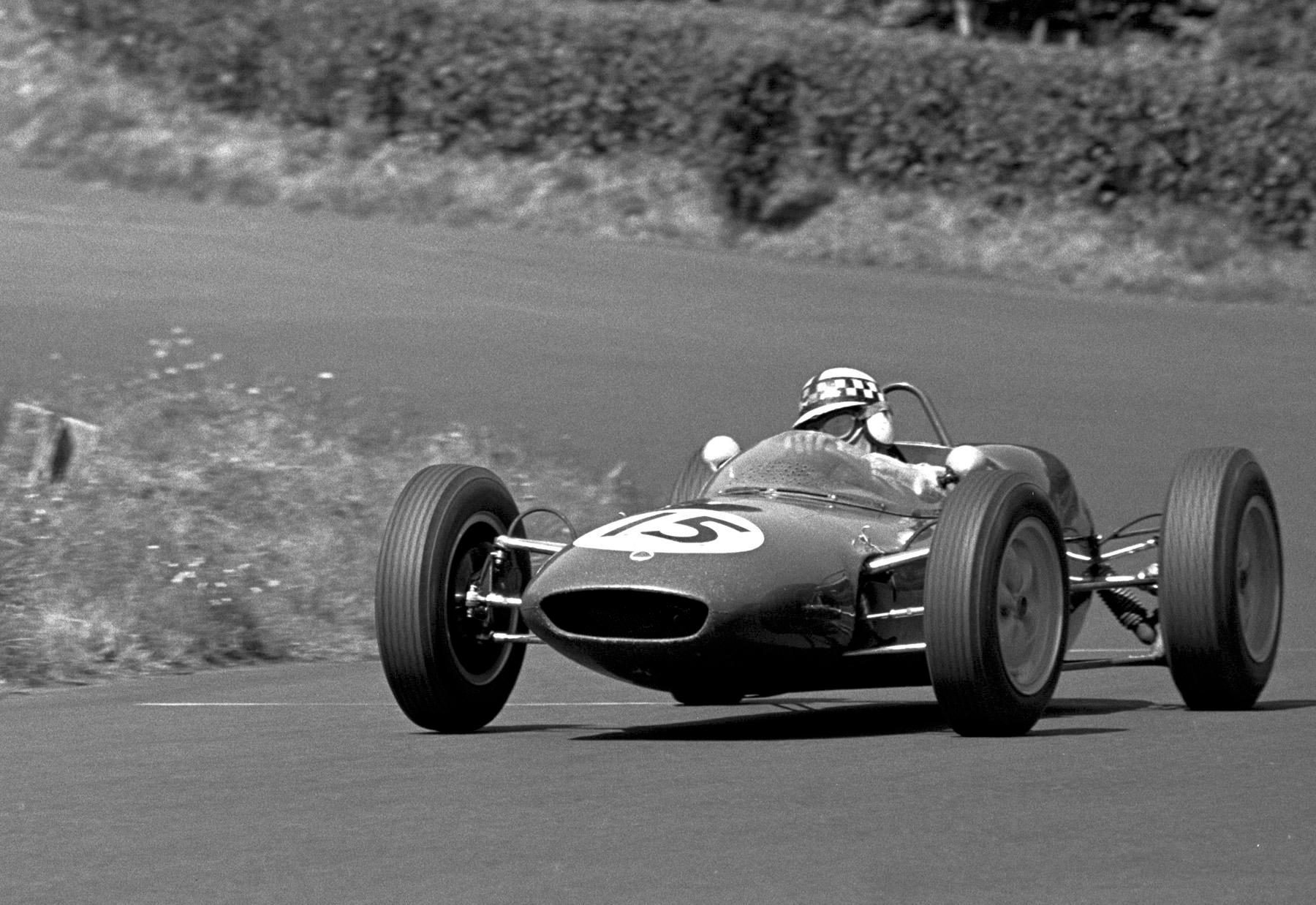
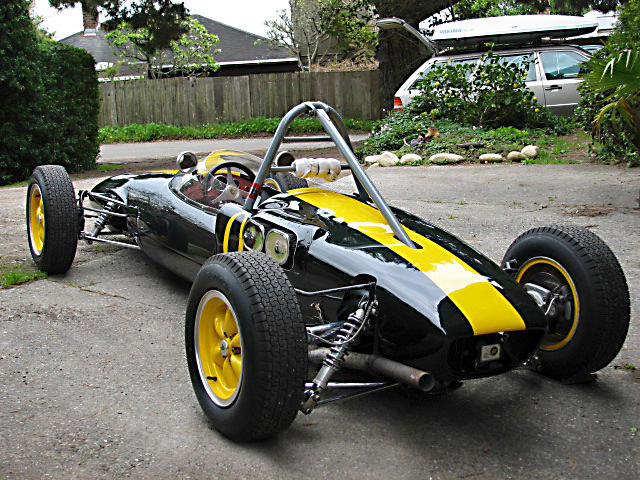
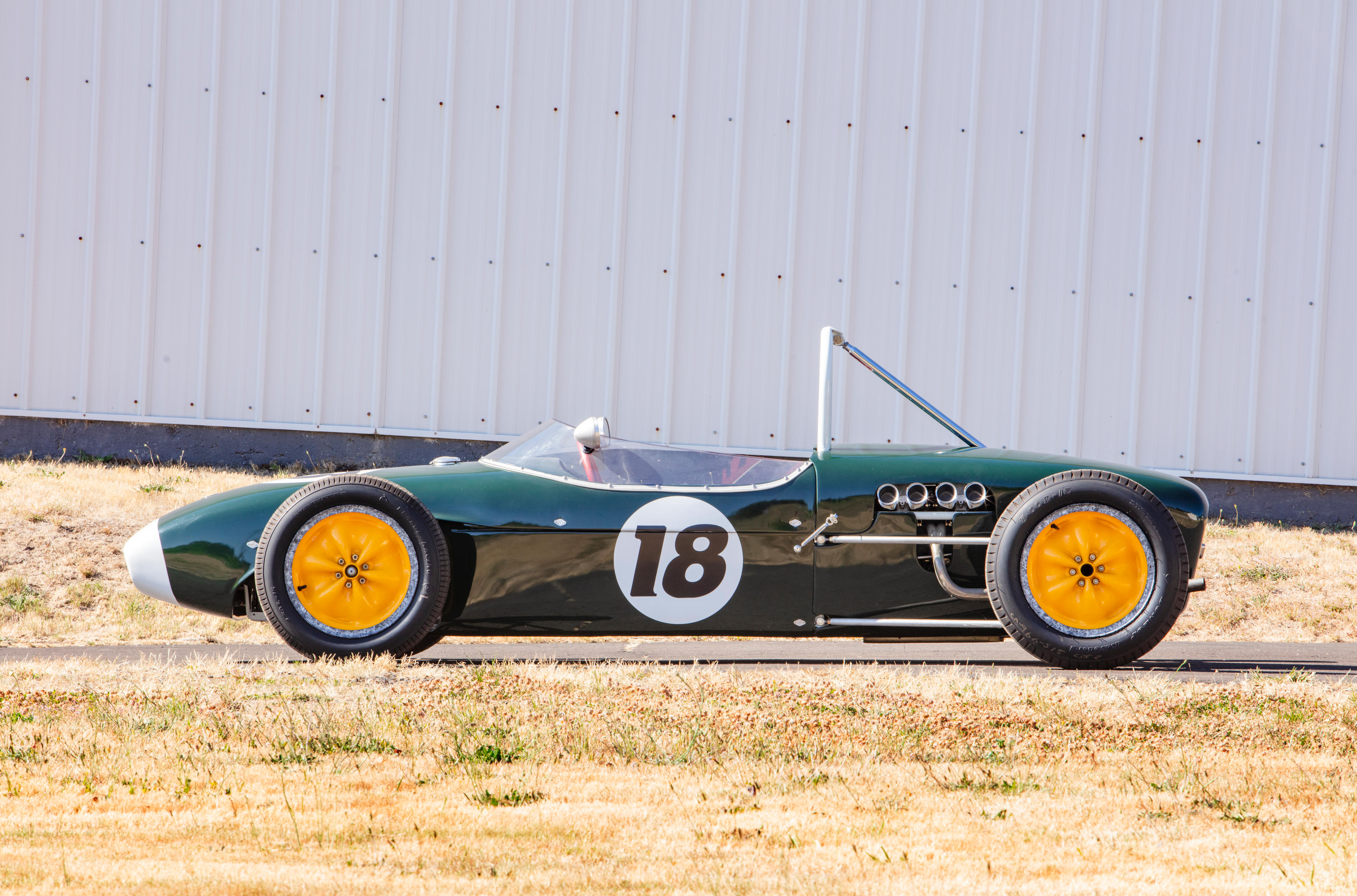
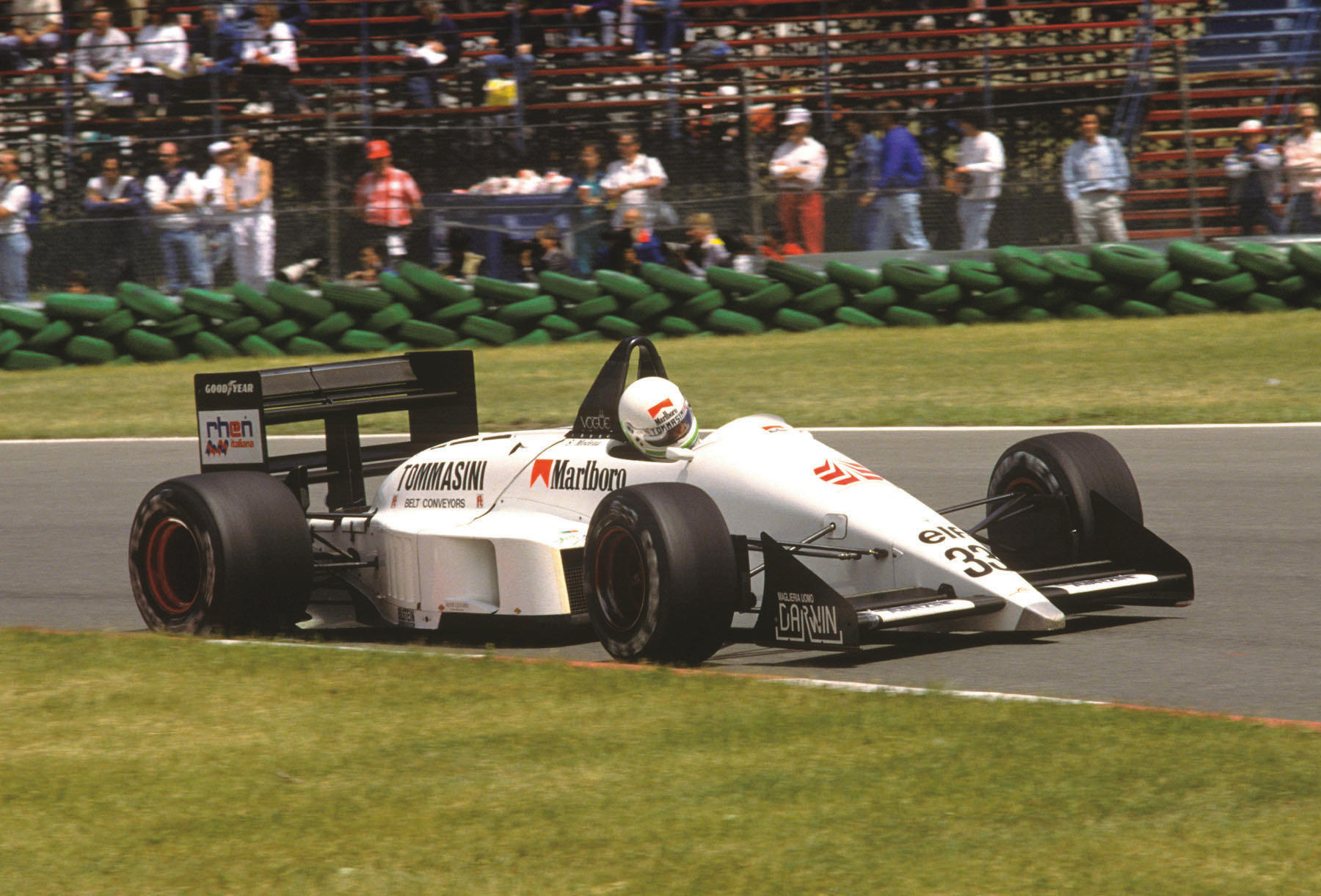
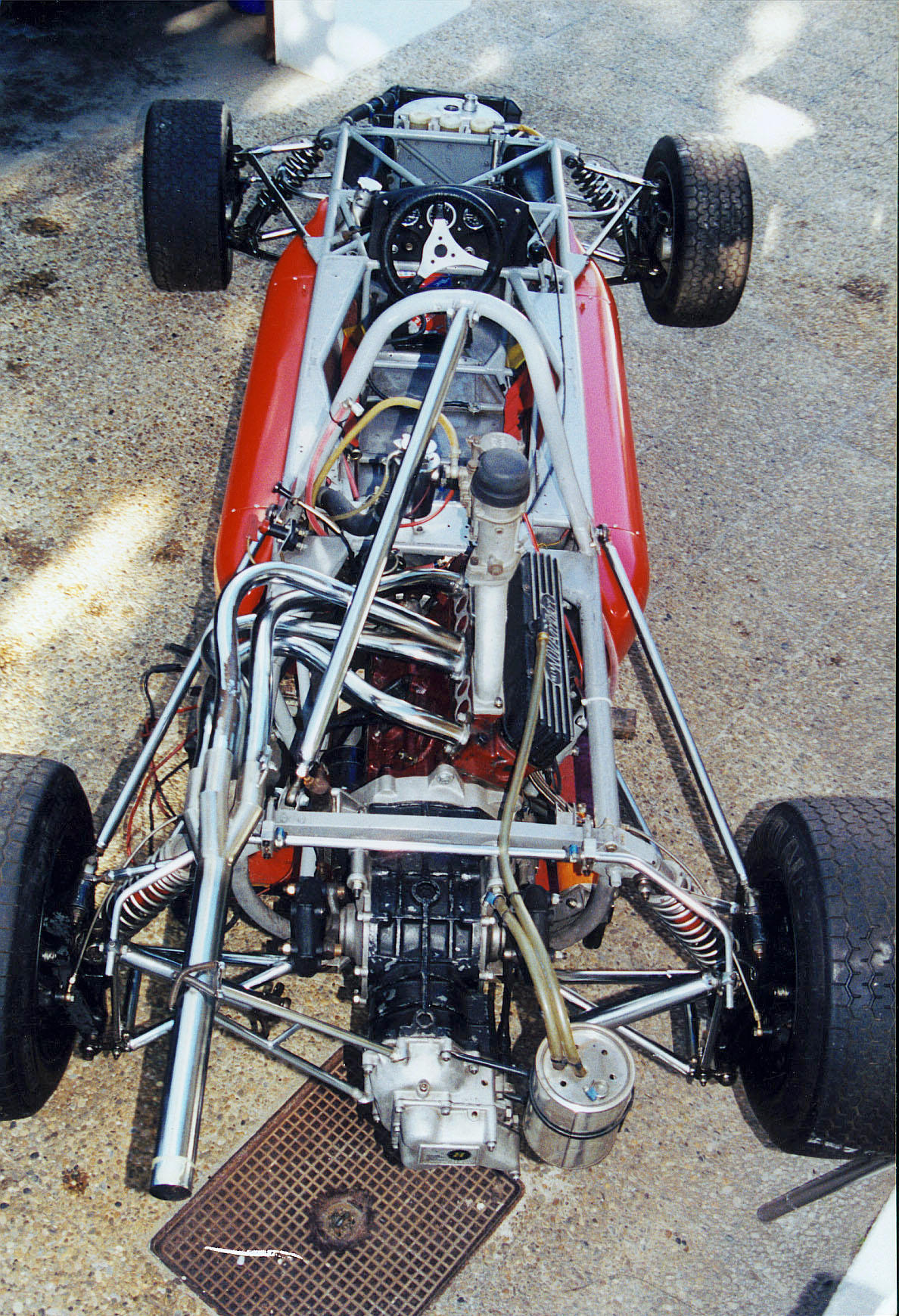

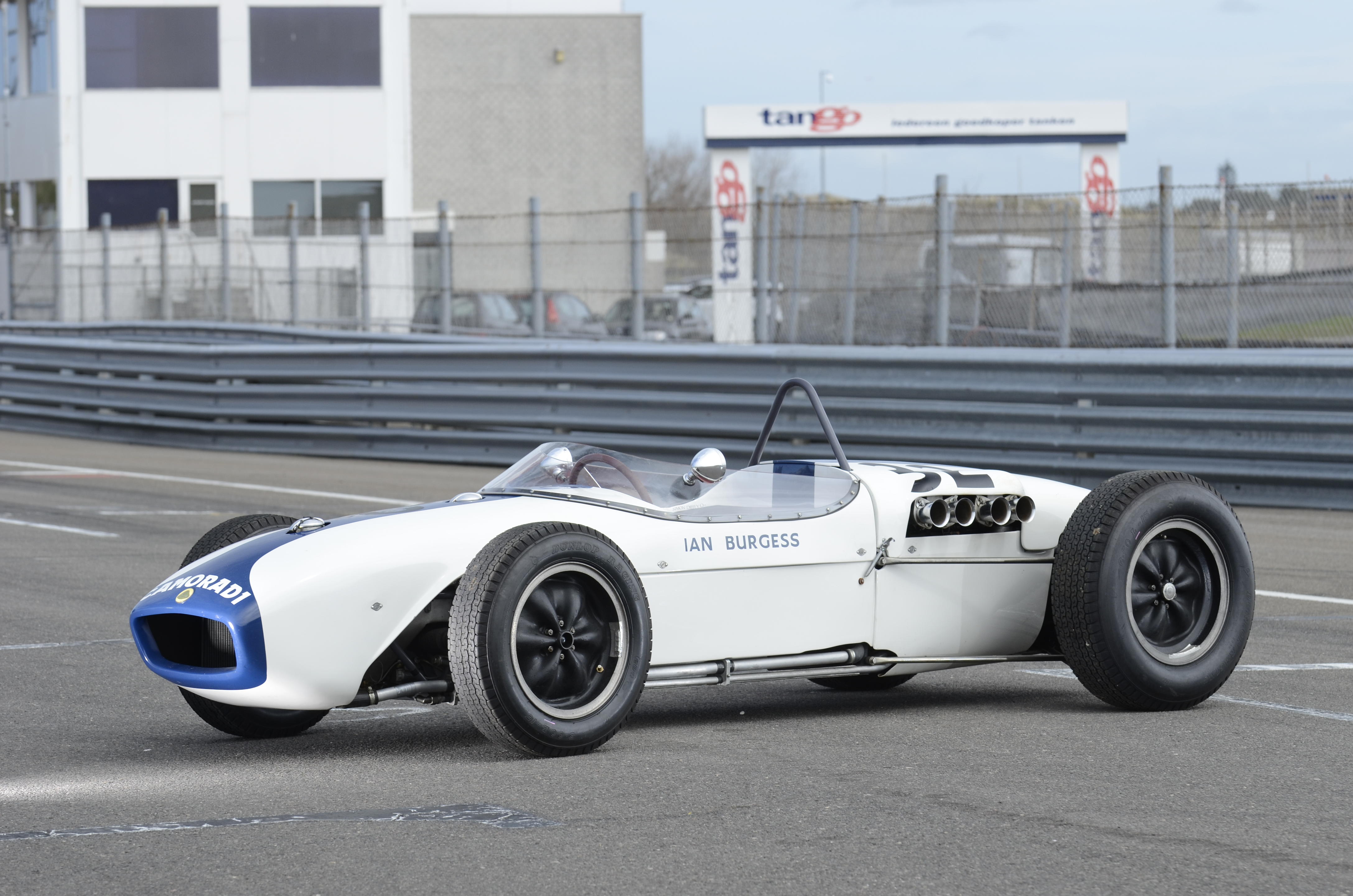
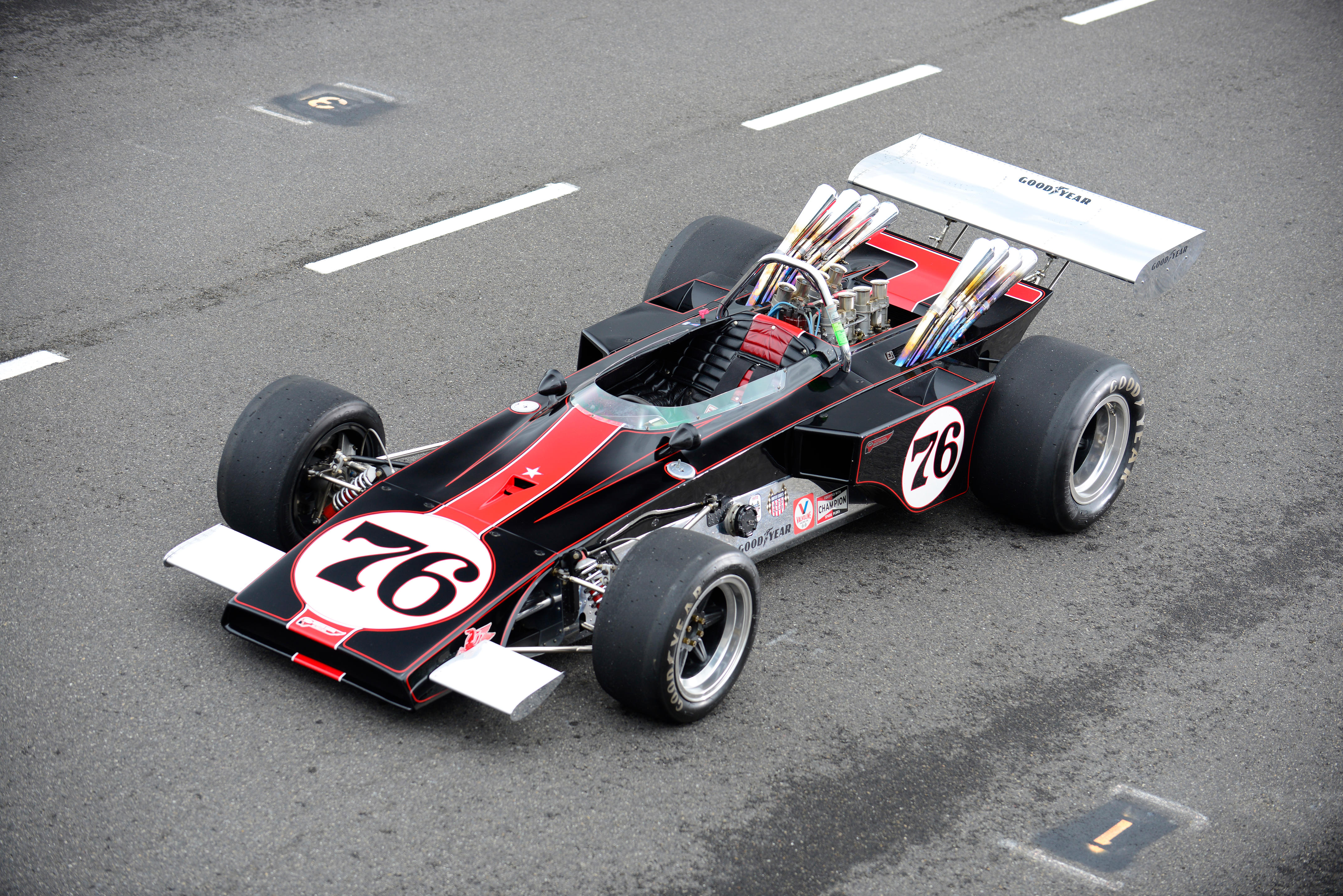

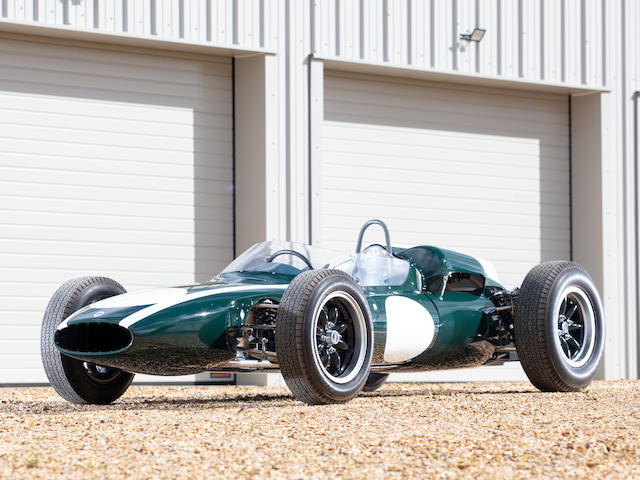

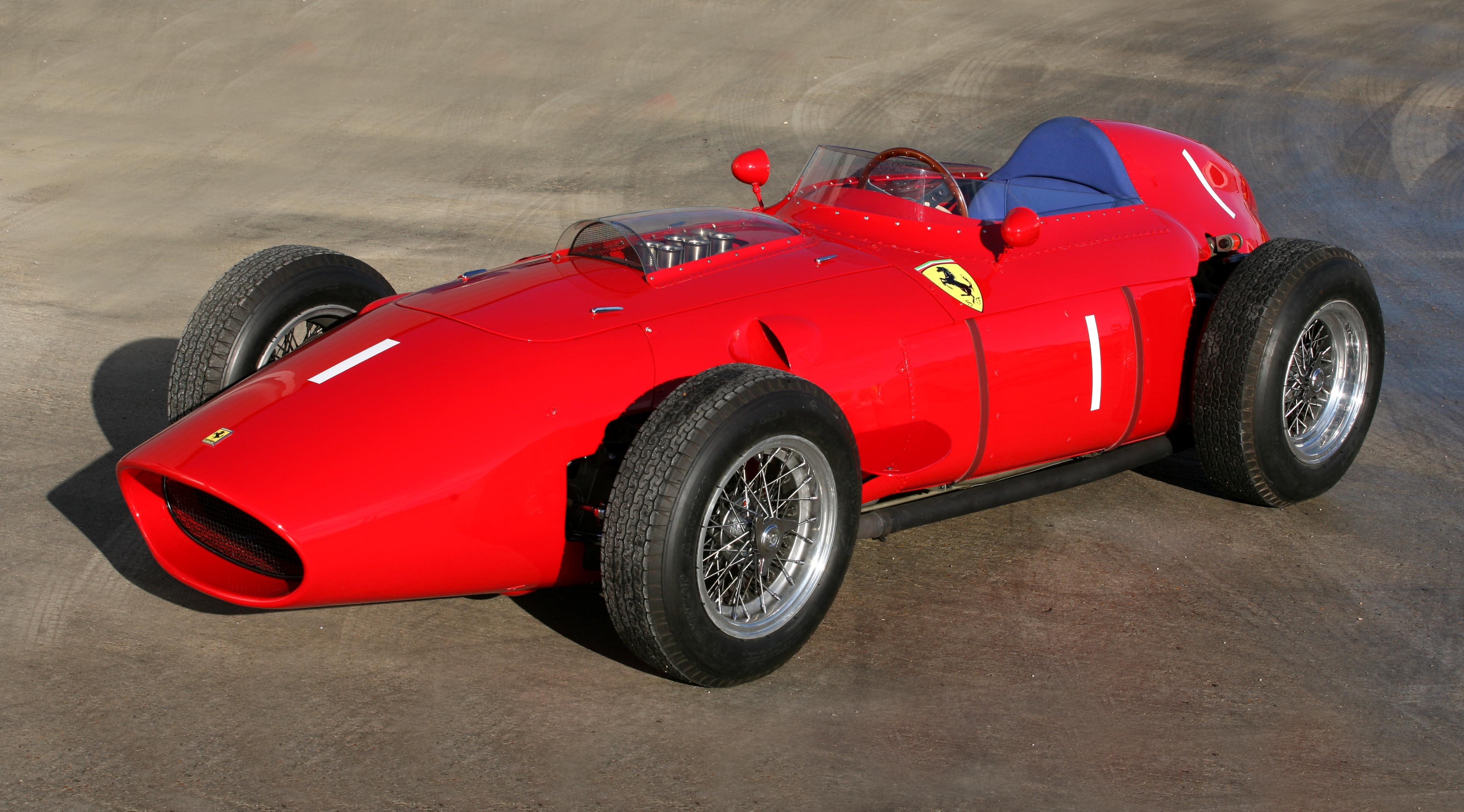
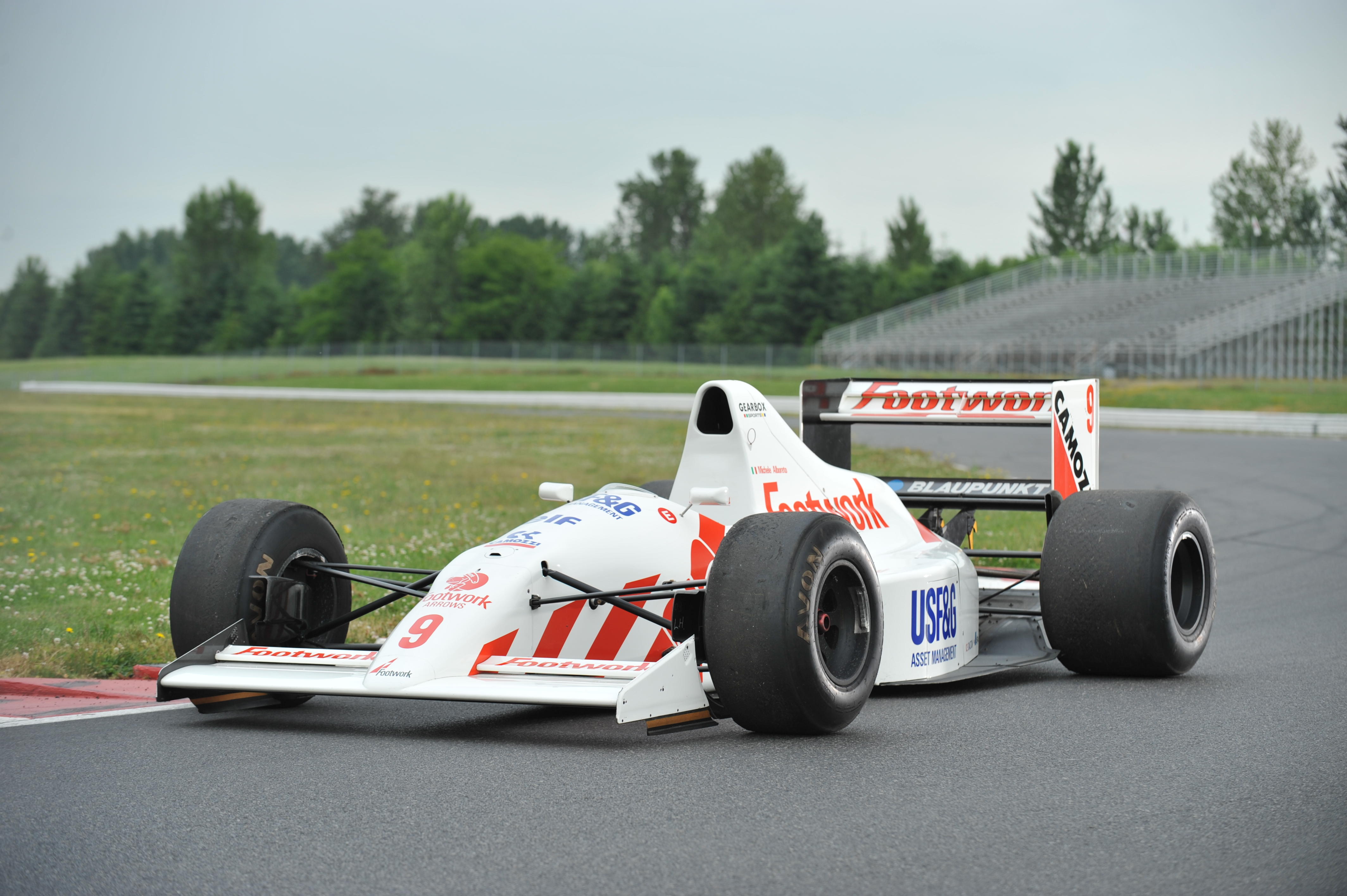
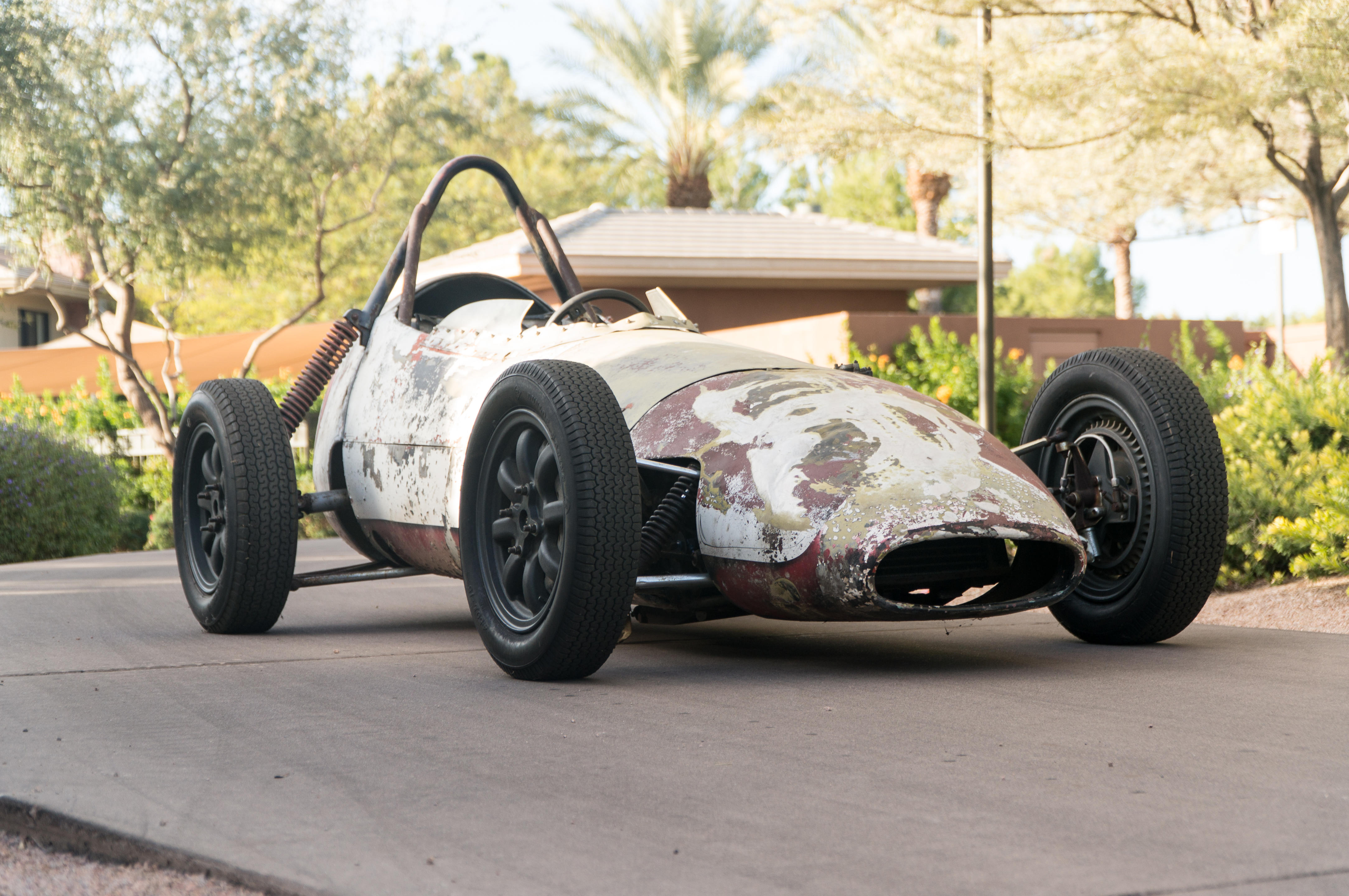
Testen Sie LotSearch und seine Premium-Features 7 Tage - ohne Kosten!
Lassen Sie sich automatisch über neue Objekte in kommenden Auktionen benachrichtigen.
Suchauftrag anlegen